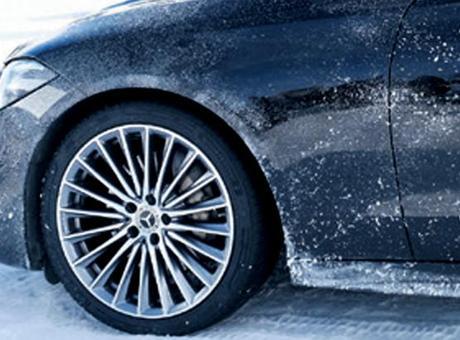The 80s: Photographing Britain – a 'vivid' exhibition

We tend to see the 1980s as "a combustible era of economic growth and social unrest", said Mark Hudson in The Independent. On the one hand, there was "Thatcher, yuppies, boom and bust"; on the other, mass unemployment, along with "epic strikes" and inner-city riots.
This new exhibition of 350 or so photos offers an "exciting – but very partial – view of the time". It glosses over the "aspirational" side to focus on the period's "gritty, oppositional" character. The first room "positively explodes with vivid images of the great street battles of the time: the miners' strike of 1984/85, the Anti-Nazi League, Brixton riots, Grunwick picket, the HIV and Section 28 protests". The room imparts a sense of "a society being thrown into an unknown technocratic future while harking back to the social polarisation of the interwar depression years". And all in all, "The 80s" is an "exuberant" and "highly atmospheric" event.
"The vision on offer is of Britain as an apocalyptic inner-city slag heap, blighted by burned-out buildings and upturned cars," said Alastair Sooke in The Daily Telegraph. It's very clear whose side we are supposed to take in the struggles of the period – and it is emphatically not that of Margaret Thatcher, at one point here glimpsed as a cut-out target from a paintballing range, "covered with marmalade-like gunk".
There's some "first-rate work": Chris Killip's monochrome pictures of Northumberland sea-coalers, for instance, are "intimate yet epic"; similarly "brilliant" is Melanie Friend's shot of "two bemused Japanese tourists" caught in the middle of a poll- tax riot, and David Hoffman's photo of two "punkish lads snogging" in front of "riot police and a burning block of flats". Yet overall, the tone of the curation is hectoring and didactic, informed by humourless identity politics.
The show is "baggy, meandering and in need of a tight edit", said Hettie Judah in The Guardian. It covers what it calls the "long 1980s", from 1976 to 1993, and sometimes the selection is just downright bizarre. A section on the era's subcultures, for example, "bypasses those usually associated with the 1980s" – punks, goths, rude boys – in favour of a wall of Wolfgang Tillmans' photographs mostly taken in Greece and Germany in the decade that followed.
The era's "punky irreverence" is in short supply, though it's very refreshing when you do come across it in, say, Grace Lau's shot of a "cross- dresser stifling a giggle posing beside a guardsman in full regalia"; or in the "sea of improbable hairspray-stiffened barnets" on a nightclub dancefloor illuminated by Tom Wood's flash. If you look closely, there are classics aplenty, from John Harris's picture of a mounted policeman wielding a truncheon during the Battle of Orgreave to Martin Parr's "snarky snaps of garden parties". There are, though, a lot of long-winded detours along the way. "There's some great stuff here – but you have to work for it."
Tate Britain, London SW1. Until 5 May





